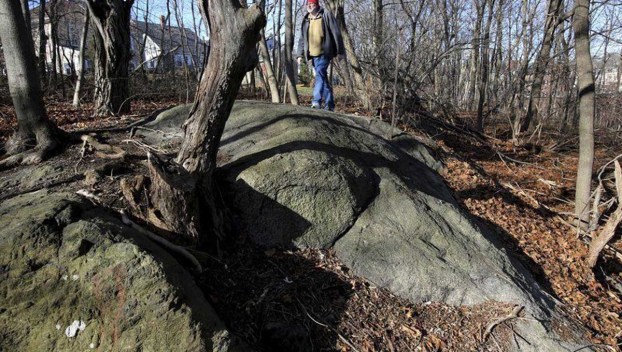
Uncategorized
Scholars confirm 300-year-old site of Salem witchcraft executions
The Gallows Hill Project, a group of seven scholars, says they were able to definitively identify the location ... Read more

The Gallows Hill Project, a group of seven scholars, says they were able to definitively identify the location ... Read more